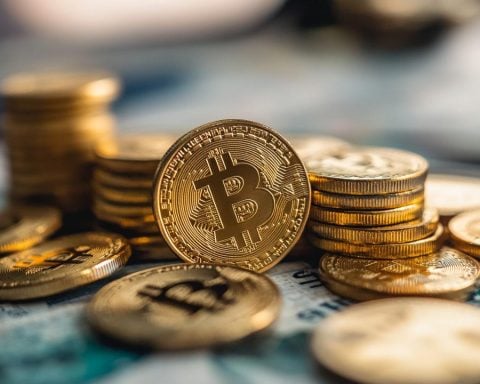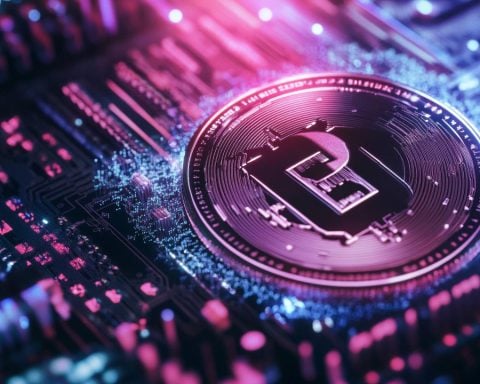In the burgeoning landscape of blockchain technology, a rapidly evolving trend has emerged, promising to reshape how we think about distributed systems: Decentralized Physical Infrastructure Networks, or DePIN. While many are familiar with cryptocurrencies and their digital frameworks, DePIN extends the blockchain concept into the realm of physical infrastructure, offering a glimpse into a disruptive future.
DePIN involves the creation of decentralized networks that operate real-world infrastructure using blockchain technology. This model allows for a distributed approach to managing everything from telecommunications networks to power grids and transportation systems. One of the most well-known applications of DePIN is Helium Network, which provides decentralized wireless connectivity through a community-owned network of hotspots. Individuals are incentivized to contribute to the network by earning cryptocurrency rewards, aligning personal profit motivation with the broader public benefit.
What sets DePIN apart from other blockchain projects is its potential to democratize access to physical resources while ensuring enhanced security, transparency, and efficiency. By reducing reliance on centralized authorities, DePIN can lead to more resilient systems less susceptible to single points of failure and control.
Moreover, DePIN networks can spur local economies by allowing participants to share infrastructure resources efficiently. This grassroots participation empowers individuals and communities, fostering a sense of ownership and involvement in essential services.
While still in its early stages, the promise of DePIN is undeniable. As blockchain technology continues to develop, the intersection of digital and physical infrastructure is set to become an exciting area of innovation in the years to come.
The Surprising Impact of Decentralized Physical Infrastructure Networks on Global Communities
As the conversation around decentralized systems shifts from digital to tangible arenas, Decentralized Physical Infrastructure Networks (DePIN) are paving new ways for societal evolution. While the concept of using blockchain to manage physical infrastructure might sound technical, its real-world repercussions are profound and multifaceted.
A significant, yet often overlooked, aspect of DePIN is its influence on governmental policies and regulatory frameworks. How does DePIN challenge traditional governance structures? By decentralizing critical infrastructure, it limits governmental oversight, pushing authorities to reconsider regulatory frameworks covering telecommunications, energy, and logistics. This might lead to controversies as governments weigh the balance between innovation and control.
What are the environmental implications? DePIN’s ability to decentralize energy grids could significantly reduce carbon footprints. By facilitating localized renewable energy exchanges, it encourages sustainable practices, positively impacting climate change initiatives. However, integrating DePIN into existing infrastructures poses technical challenges, often requiring significant initial investment and technological expertise.
On a community level, can DePIN bridge connectivity gaps? In underserved areas, these networks could democratize access to WiFi and renewable energy, alleviating digital divides and boosting local development. Additionally, communities could witness unprecedented levels of cooperation as residents collectively manage local infrastructure, potentially transforming socio-economic landscapes.
Still, DePIN’s reliance on blockchain raises questions about data privacy and cybersecurity. As more participants join, maintaining secure networks becomes crucial, and the risk of cyber threats might increase if not carefully monitored.
In conclusion, while DePIN holds significant advantages, understanding its full potential and challenges requires going beyond the technology itself and examining the broader societal dynamics at play. Learn more about blockchain technology.
















